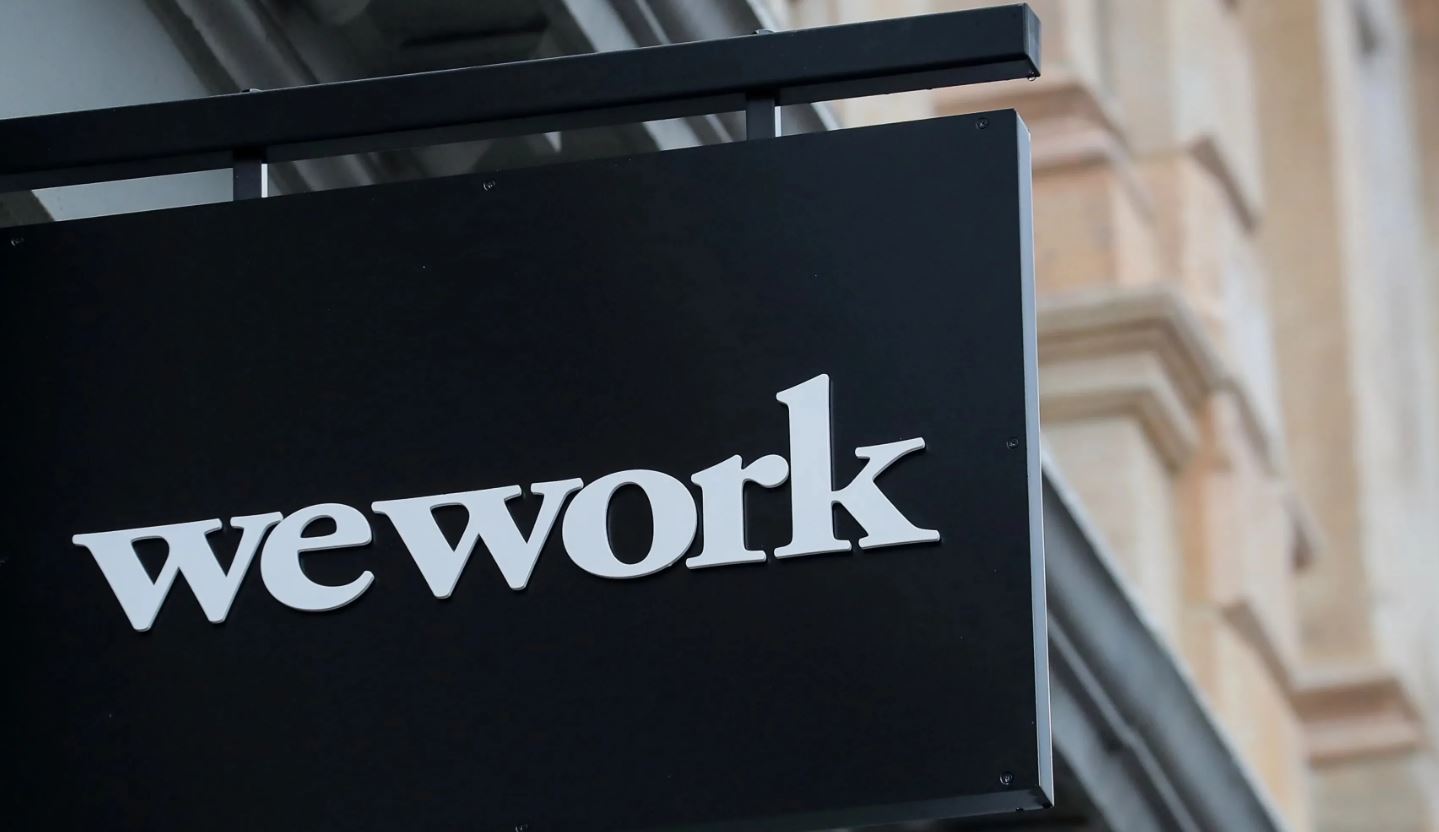
WeWork, the co-working major once valued at $47Bn, files for bankruptcy
Once a soaring star in the co-working industry, WeWork has now filed for Chapter 11 bankruptcy protection in a New Jersey federal court, as anticipated for a while now. This dramatic move follows a series of challenges that have plagued the company, including the impacts of the pandemic and the unprecedented shift from working from the office to remote working owing to nationwide lockdowns. This comes after WeWork told the US Securities and Exchange Commission that it had made agreements with creditors to temporarily postpone some of its debt payments last week. The news itself is unsurprising, given that WeWork had admitted in August that going bankrupt is a distinct concern for the company.
WeWork’s bankruptcy filing is limited to its locations in the US and Canada, according to media reports. The company has also reported liabilities ranging from $10 billion to a staggering $50 billion, marking one of the most significant corporate bankruptcies in recent memory. In an official statement, the company noted that it was bringing a “comprehensive reorganization to strengthen its capital structure and financial performance” in order to “best position the Company for future success.” WeWork further informed that it has already reached restructuring agreements with creditors holding 92% of its debt, and is currently “requesting the ability to reject the leases of certain locations, which are largely non-operational and all affected members have received advanced notice.”
“Now is the time for us to pull the future forward by aggressively addressing our legacy leases and dramatically improving our balance sheet,” said David Tolley, CEO of WeWork. “We defined a new category of working, and these steps will enable us to remain the global leader in flexible work. I am deeply grateful for the support of our financial stakeholders as we work together to strengthen our capital structure and expedite this process through the Restructuring Support Agreement. We remain committed to investing in our products, services, and world-class team of employees to support our community.”
If you have been following us, then you are aware that before the pandemic emerged, WeWork had already encountered challenges. The company had signed long-term leases during the market’s peak, refurbishing and leasing properties for as little as one month. However, the pandemic brought remote work to the forefront and drastically reduced the demand for shared workspaces, leading to increased vacancies and substantial financial obligations to landlords, totaling billions of dollars in rent. This operational model became untenable in a world where remote work was on the rise. As of June 2023, the company recorded a total of $16 billion in losses, and was still paying over $2.7 billion a year in rent and interest — which marks over 80% of its entire revenue.
“As the co-founder of WeWork who spent a decade building the business with an amazing team of mission-driven people, the company’s anticipated bankruptcy filing is disappointing. It has been challenging for me to watch from the sidelines since 2019 as WeWork has failed to take advantage of a product that is more relevant today than ever before. I believe that, with the right strategy and team, a reorganization will enable WeWork to emerge successfully,” Adam Neumann, cofounder and former CEO of WeWorks, said.
WeWork’s bankruptcy filing marks a significant turning point for a company that once held a valuation of $47 billion in 2019. The company’s turbulent journey involved an unsuccessful attempt to go public in 2019 (it eventually went public in 2021), a costly settlement with its founder, and SoftBank’s persistent investment. As mentioned earlier, during the pandemic, the surge in remote work, accelerated by the pandemic, also played a pivotal role in WeWork’s decline. As many corporate clients canceled their agreements due to their employees working from home, WeWork’s revenue took a significant hit. The company had built its model on providing flexible office space, and the trend away from physical offices severely impacted its income. Lease payments were consuming an overwhelming 74% of the company’s revenue in the second quarter of 2023.


